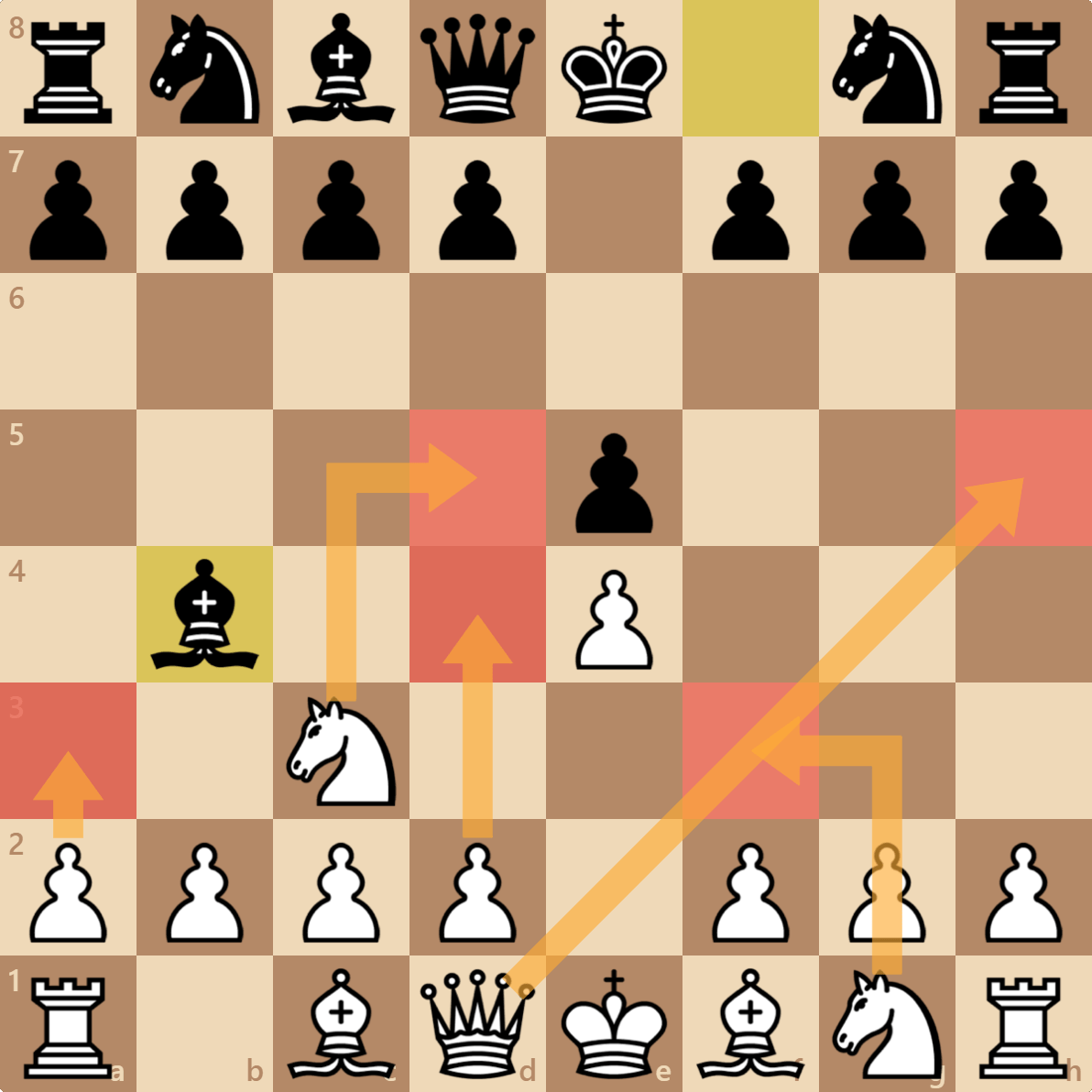
Vienna Game 2... Bb4 | CRUSH the Zhuravlev Countergambit!
#vienna #zhuravlevcountergambit #giraffe
Today, I'm going to cover another less common response the Vienna Game, 2... Bb4, otherwise known as the Zhuravlev Countergambit. According to the Lichess community database of lower rated games of blitz and rapid, Black plays this line about 4% of the time. I will argue that it isn't very good!
One of the things to know as the Vienna Game player is that White has a lot of choices for move 3, and these are all good!

Evaluation-wise, Stockfish rates all of the following moves between [+0.3] and [+0.6]. Options:
- immediately counterattack the bishop with either a3, or with Nd5
- challenge the centre immediately with d4
- develop the other knight and threaten Black's e5 pawn with Nf3
- launch a wayward queen attack on the e5 pawn with Qh5
However, the move I really enjoy playing is (3. Qg4), what I've dubbed the Giraffe-ish Counter-Countergambit (https://www.chess.com/blog/vitualis/awesome-giraffe-ish-response-to-the-zhuravlev-countergambit-vienna-game). Although Stockfish thinks that this position is just equal [0.00], it seems particularly successful in at the beginner-intermediate level. According to the Lichess database, this response occurs in only 1% of Zhuravlev Countergambit lines, the tenth most common move, but has a win ratio for White against Black of an amazing 59% vs 38%. This is the best win rate of any of the responses to the Zhuravlev!

I also enjoy these lines as it has a lot in common in terms of tactical ideas with the Giraffe Attack against the Anderssen Defense to the Vienna Game (2... Bc5).
We can see what happens in this game. Black is often unable to correctly navigate the pressure that the queen has on the kingside on the g-file, and on move 6, I capture the g7 pawn. I don't necessarily play the most accurately from this point onwards, but it doesn't matter. I force Black to make concessions, trading queens and their king "bongclouds" to recapture, losing the right to castle.
In the middle game, there were two instructive moments in terms of trading pieces. The basic concept is this: a full minor piece (3 points) is often worth more than trading a minor piece for an opponent's rook (5 - 3 = 2 points). On move 13, Black opted to fork my king and rook to capture my rook, rather than capture my hanging bishop. This was a mistake as the knight in the corner is trapped (and thus "lost"). On move 19, Black opted to move their rook out of the attack, rather than capture my bishop. This was a mistake as Black would have captured two bishops for a rook - a bargain - though admittedly still a losing position.
We entered an endgame where I was up two pieces, and Black defeated, opted to resign. GG!
Game on chess.com: https://www.chess.com/game/live/72918286837




